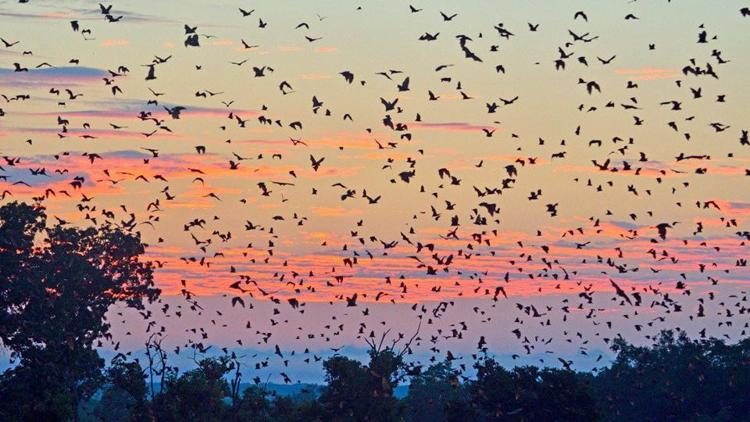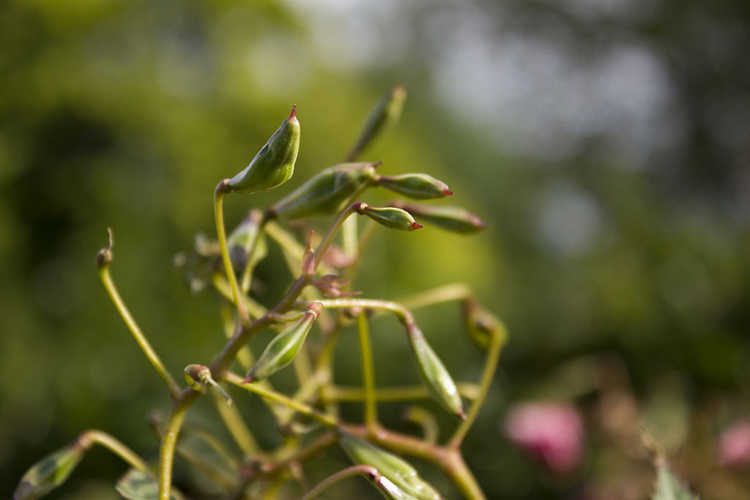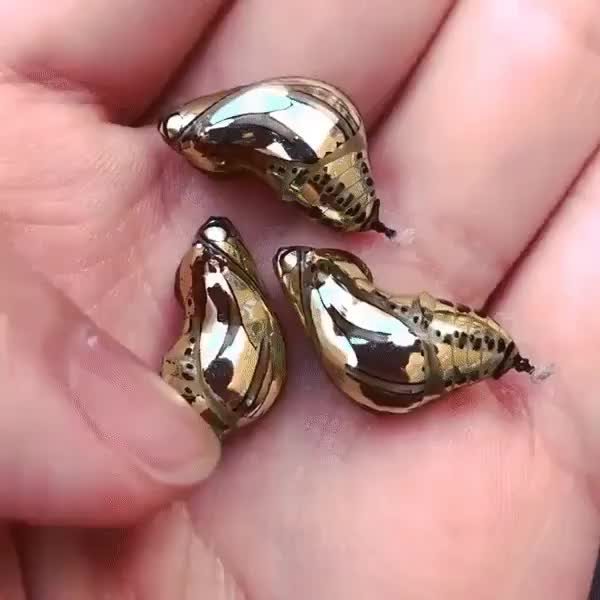The Royal Botanical Gardens at Kew, in the UK, are home to thousands of fascinating plants, but none as lonely as the Encephalartos woodii, an ancient cycad species and, most likely, the last one of its kind.
It was in 1895 that botanist John Medley Wood noticed this interesting-looking palm tree on a steep slope in Zululand, southern Africa. Intrigued by its multiple trunks and arched palm fronds, Dr. Wood — who made his living collecting rare plants – had some stems removed and sent to London in a box.It ended up in the Palm House at the Royal Botanical Gardens of Kew, where it has been waiting for a mate for over a century. Despite numerous efforts to find it a mate, the Encephalartos woodii at Kew remains alone, unable to produce an offspring and propagate its species. For this reason, many consider it the world’s loneliest plant.





















